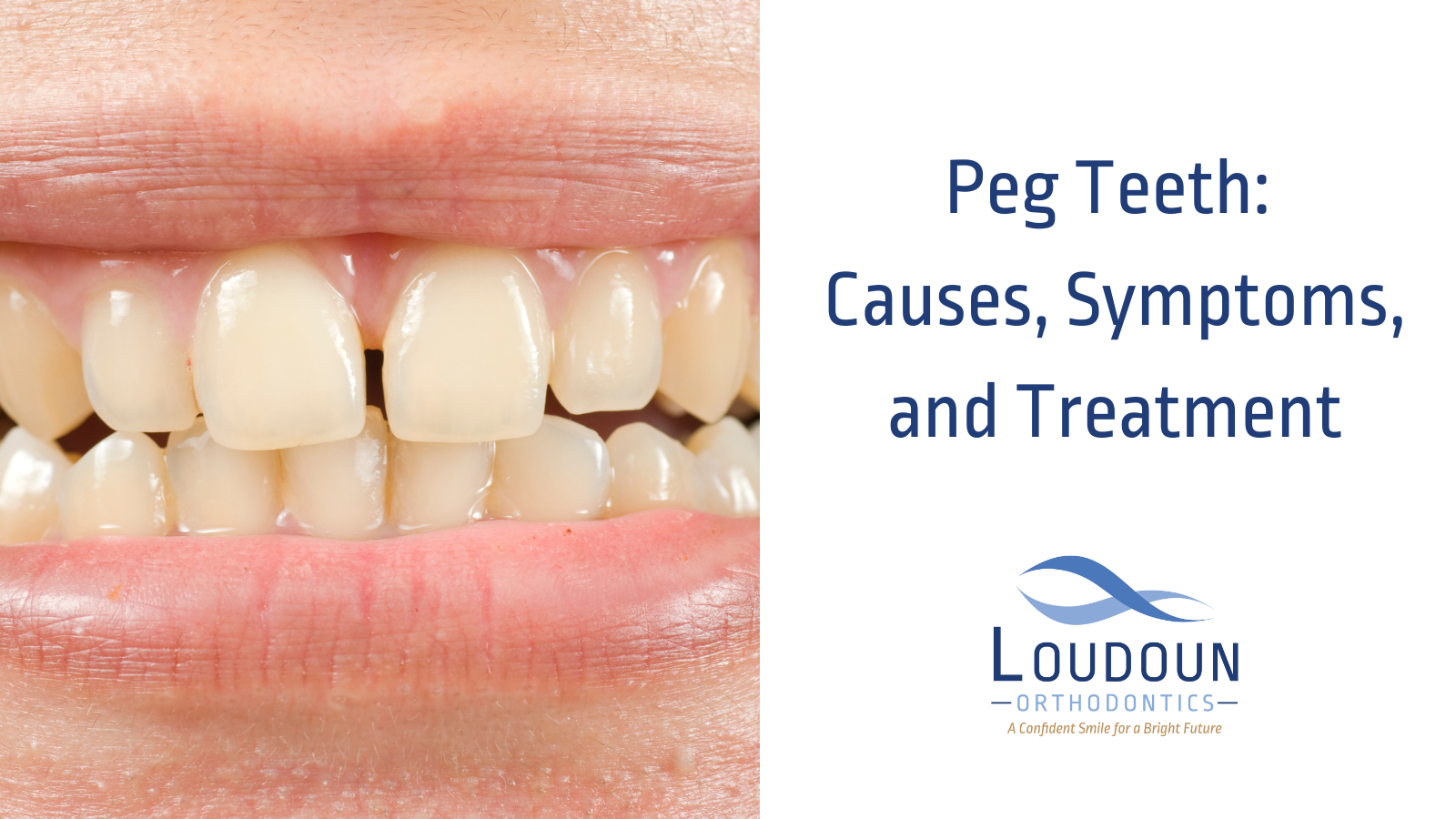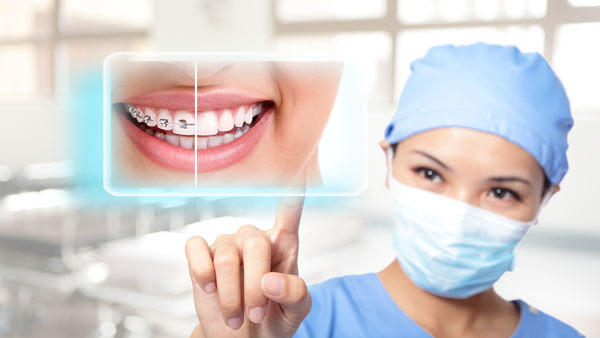5 Simple Techniques For Legacy Orthodontics
5 Simple Techniques For Legacy Orthodontics
Blog Article
Getting The Legacy Orthodontics To Work
Table of ContentsLegacy Orthodontics Fundamentals ExplainedLegacy Orthodontics Can Be Fun For AnyoneThe Best Guide To Legacy OrthodonticsThe Greatest Guide To Legacy OrthodonticsAn Unbiased View of Legacy Orthodontics
In addition, we offer flexible treatment timetables, flexible repayment choices and a fun, delightful experience.An orthodontist is a dentist educated to diagnose, prevent, and treat teeth and jaw irregularities. Orthodontists work with people of all ages, from children to grownups.
Malocclusion, or misaligned teeth, can lead to oral issues, consisting of tooth decay, gum disease, and difficult or painful eating. But not every person is born with straight teeth. If you have a bad bite or large spaces in between your teeth, you may wish to speak with a dental expert specializing in orthodontic care.
The Single Strategy To Use For Legacy Orthodontics
( Image Debt: DigitalVision/Getty Images) Orthodontists utilize repaired and removable dental devices, like dental braces, retainers, and bands, to alter the position of teeth in your mouth. Orthodontic treatment is for dental problems, consisting of: Uneven teethBite problems, like an overbite or an underbiteCrowded teeth or teeth that are also much apartJaw misalignmentThe goal of orthodontic therapy is to boost your bite.
A healthy and balanced bite guarantees you can eat, chew, and talk correctly. While you could consider orthodontists as mostly for kids or teens that need braces, they can remedy oral problems at any age. Orthodontists attend university, dental institution, and orthodontic college. After graduation, they spend 2 or 3 years in an orthodontic residency program.
All orthodontists are dental experts, but not all dentists are orthodontists. Orthodontic residency programs provide intensive, concentrated guideline for dental experts. They focus on 2 locations: Exactly how to effectively and securely move teeth How to correctly direct development in the teeth, jaw, and faceOnce an orthodontist has actually finished training, they have the choice to come to be board licensed.
Legacy Orthodontics for Beginners
Misalignment, or malocclusion, is one of the most typical reason people see an orthodontist. It is genetic and is the result of dimension distinctions between the upper and reduced jaw or between the jaw and teeth. Malocclusion brings about tooth overcrowding, an askew jaw, or irregular bite patterns. Malocclusion is normally treated with: Your orthodontist affixes steel, ceramic, or plastic square bonds to your teeth.
If you have only small malocclusion, you might be able to make use of clear braces, called aligners, as opposed to typical braces (https://myspace.com/legacyortho). Some people need a headgear to help relocate teeth right into line with pressure from outside the mouth. After dental braces or aligners, you'll need to use a retainer. A retainer is a custom gadget that keeps your teeth in position.
They're most usually utilized on children. They can create extra room in the mouth click to read without needing to pull teeth. If you have a major underbite or overbite, you may need orthognathic surgical procedure (also called orthodontic surgery) to extend or reduce your jaw. Orthodontists use cords, medical screws, or plates to support your jaw bone.
You may require to see an orthodontist if you have: Crowding or not sufficient room for every one of your teethOverbite, when your upper teeth come over your bottom teethUnderbite, when your bottom teeth are as well much forwardSpacing or issues with gapsCrossbite, which is when your upper teeth fit behind your bottom teeth when your mouth is closedOpen bite or an upright void in between your front base and upper teethMisplaced midline, when the center of your bottom and top teeth don't line up Fixing a dental malocclusion can: Make biting, eating, and talking easierImprove the proportion of our face and your overall appearanceEase discomfort from temporomandibular joint disordersDifferent your teeth and make them less complicated to clean, assisting prevent dental cavity or dental caries It's usually a dental practitioner that first notices misaligned teeth throughout a regular exam.
Everything about Legacy Orthodontics

During your very first orthodontic consultation, you'll likely have: A dental examPhotos taken of your face and smileDental X-raysPanoramic (360 level) X-rays of your face and headImpressions to develop mold and mildews of your teethThese tests will help your orthodontist recognize exactly how to continue with your treatment. leesburg clear braces. An orthodontist is a dentist that's had training to treat your teeth and jaw
An orthodontist is concentrated on your bite, so something like a chipped tooth would certainly be handled by a dental expert. Orthodontists are concentrated on your bite, or the means your teeth fit together, and the straightness of your teeth.
Ever asked yourself how celebs constantly appear to have flawlessly aligned teeth? The solution frequently depends on the proficient hands of an orthodontist. What exactly does an orthodontist do? Orthodontists are oral professionals who concentrate on dealing with abnormalities in the teeth and jaws. Their know-how exceeds simply creating a lovely smile; it includes boosting your general oral health and function.
The Greatest Guide To Legacy Orthodontics

While braces are one of the most generally acknowledged orthodontic therapy, orthodontists have a diverse toolkit at their disposal. The particular strategy selected relies on the intensity of the instance, the client's age, and specific preferences. These tried-and-true braces use a system of brackets adhered to the teeth and connected by wires.
Clear aligners, like Invisalign, are a preferred option for patients looking for a more very discreet treatment option. These removable trays are customized to considerably change the teeth's position. Headwear might be made use of along with dental braces or aligners to apply additional targeted forces, particularly for correcting jaw inconsistencies. In instances of narrow jaws, palatal expanders can be used to develop room for correct tooth positioning.
Report this page